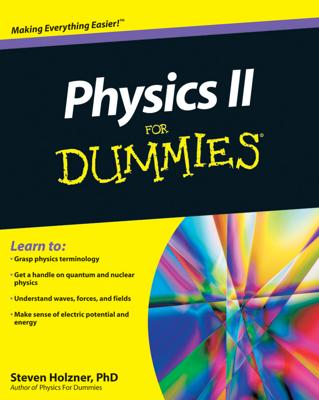The notion of symmetry was picked up by Pierre Ramond in 1970, followed by the work of John Schwarz and Andre Neveu in 1971, to give hope to string theorists. Symmetries exist throughout physics. A symmetry in physics is basically any situation where two properties can be swapped throughout the system and the results are precisely the same.
Using two different techniques, they showed that bosonic string theory could be generalized in another way to obtain non-integer spins. Not only were the spins non-integer, but they were precisely half-integer spins, which characterize the fermion. No spin 1/4 particles showed up in the theory, which is good because they don’t exist in nature.
Including fermions into the model meant introducing a powerful new symmetry between fermions and bosons, called supersymmetry. Supersymmetry can be summarized as
Every boson is related to a corresponding fermion.
Every fermion is related to a corresponding boson.
There are many reasons to believe that supersymmetry is true, as well as ways that it can be proved. For now, it’s enough to know that it’s needed to make string theory work.
Of course, as is often the case in the history of string theory, things didn’t quite fall out right. Fermions and bosons have very different properties, so getting them to change places without affecting the possible outcomes of an experiment isn’t easy.
Physicists know about a number of bosons and fermions, but when they began looking at the properties of the theory, they found that the correspondence didn’t exist between known particles. A photon (which is a boson) doesn’t appear to be linked by supersymmetry with any of the known fermions.
Fortunately for theoretical physicists, this messy experimental fact was seen as only a minor obstacle. They turned to a method that has worked for theorists since the dawn of time. If you can’t find evidence of your theory, hypothesize it!

